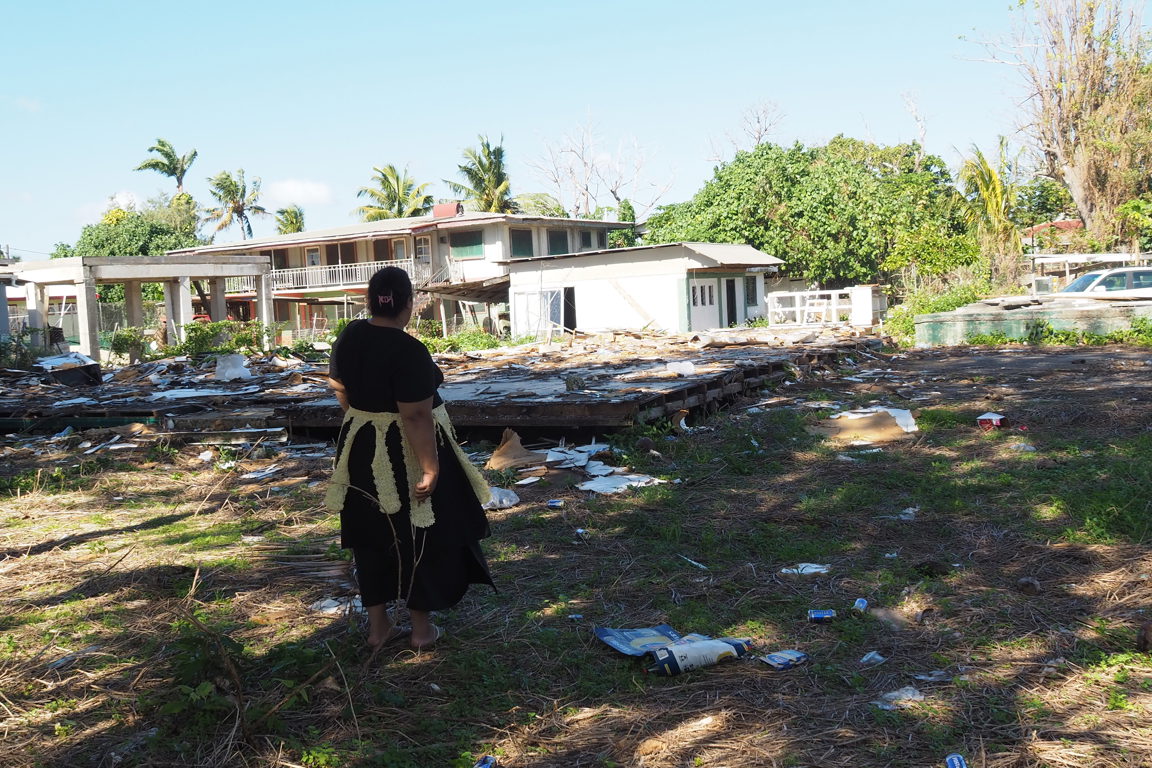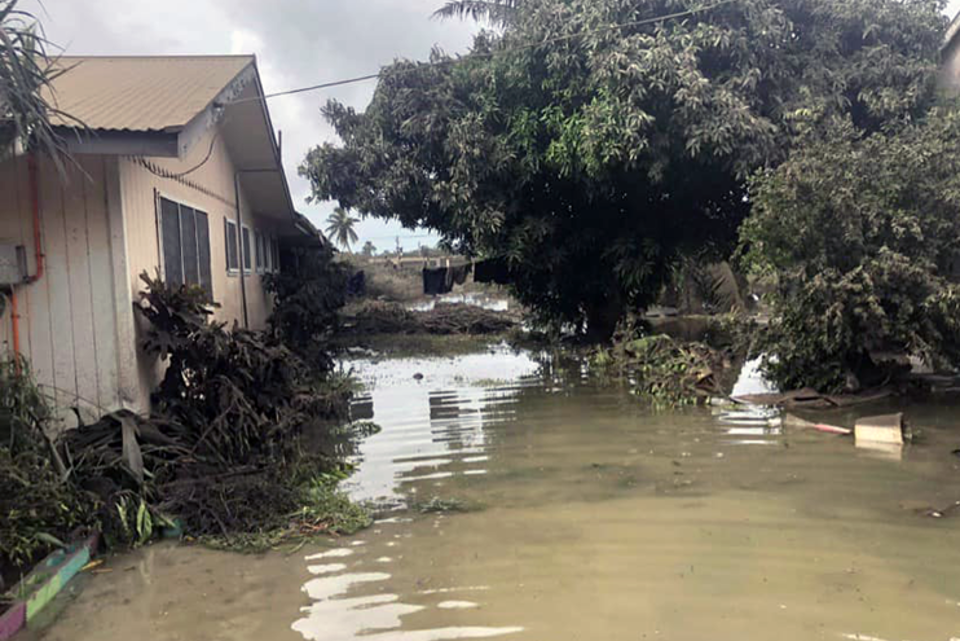The disaster that felt like "the last day on Earth”
Many families in Tonga weren’t prepared for the destructive volcanic eruption and tsunami that engulfed the island nation in 2022.
Learn about how families were impacted by Tonga's volcanic eruption and how to have greater community preparedness for the next emergency that strikes.

The aftermath of the volcano eruption in 2022, Tonga. Photo: Caritas Australia
On January 15, 2022, many families, much like yours, were still feeling the Christmas spirit. What they didn't see coming was the Hunga-Tonga-Hunga-Ha'apai volcano unleashed its most powerful eruption in modern history.
The event set off tsunami waves reaching staggering heights of up to 15 meters, devastating the western shores of Tongatapu, 'Eua, and Ha'apai.
The eruption left destruction in its path and blanketed five square kilometres with a layer of ash. Instead of celebrating holiday festivities at home, many were left without homes and terrified.
What made matters worse was the isolation – damage to the international and domestic undersea telecommunications meant Tonga had also been cut off from the rest of the world.
They were alone, unprepared, and scared.
This Christmas season brings restored hope. With your help, Tonga can have greater community preparedness for the next emergency that strikes.

The effects of the Tonga volcanic eruption and tsunami that occurred in January 2022 were destructive, here is an image after the event occurred. Credit Pauline.
"We just have to run"
– Pauline, Caritas Tonga field worker and a mother of six
Watch her story
A once in a millennium event: How the Tongan community were affected
The World Bank states that an estimated 85,000 people across Tonga were affected by the destruction – this is more than 84 percent of the country’s population.
DAMAGE TO THEIR HOMES
With damage to homes, children's schools, families small businesses, roads, tourism, health facilities and other infrastructure, that many people still haven’t recovered. There are remnants of destroyed homes scattered throughout Tonga.
TRAUMA
The experience of living through such a disaster was traumatic for many. The loss of communication with their families, loss of friends, families, homes, livelihoods and much more had detrimental effects on the psychological wellbeing of many. Now, Tonga needs support to plan ahead so they can respond not if, but when the next disaster strikes.
Tonga is part of the Pacific ‘Ring of Fire’, which is an area where most of the world’s earthquakes and volcanos take place. They can strike at any time, triggering tsunamis.
Caritas Tonga is building a new warehouse to store items to be used in future disaster recovery. They are also building a new evacuation centre where people can be safe from future disasters and providing ongoing psychosocial support to communities.
Disaster preparedness refers to the proactive steps and measures that a community takes in response to when a natural disaster takes place. It means having a plan such as an evacuation centre to seek refuge and emergency resources ready to use.
Communities like Tonga are particularly vulnerable to the effects of climate change and natural disasters because they are located on the Pacific tectonic plate called the Ring of Fire. Having a plan in place can help minimise the impact of these disasters by utilising evacuation centres and using resources such as emergency supplies.
















